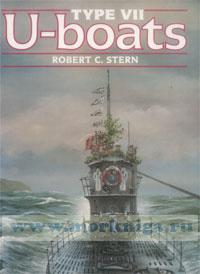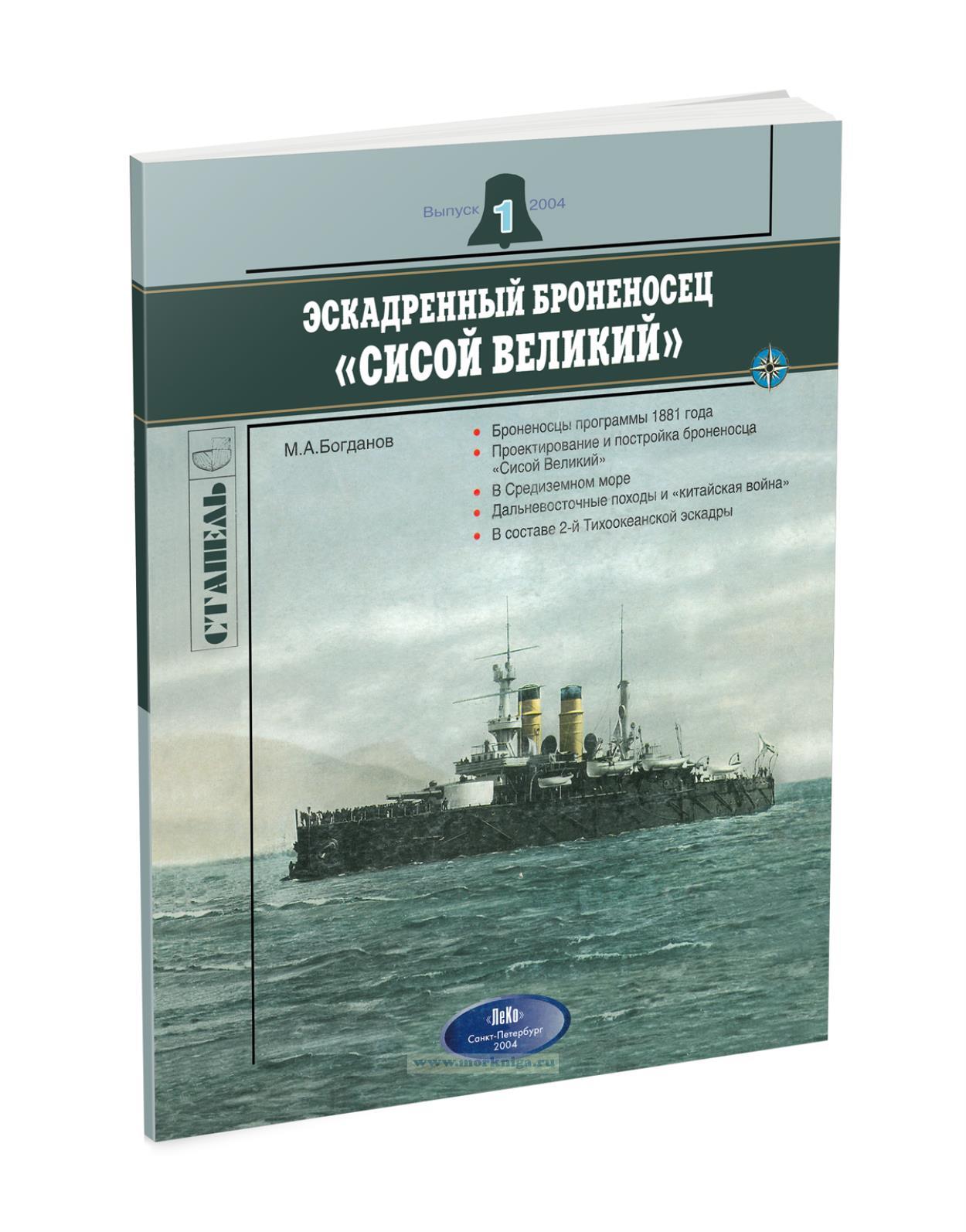Сб с 10 до 16
Type VII. U-boats
The Type VII U-boat was the quintessential U- boat, the one that comes to mind whenever the subject of the Battle of the Atlantic in the Second World War is raised. Its capabilities determined the dimensions of that critical battle; its weaknesses and the ability of the Allies to exploit those weaknesses led in good part to the ultimate defeat of Germany. Incredibly, its greatest successes occurred when there were very few Type Vlls available for action. The 'Happy Times' ('Fette Jahre') that began in mid-1940 came when there were often no more than ten Type Vlls available for operations at any one time. Later, when ten times that number or more were operational, the successes would be relatively fewer and farther between.
Like any story of rise and fall, the story of the Type VII U-boat is a fascinating one, full of drama and laced throughout with tales of extraordinary action. It is a complex story, with multiple themes and subthemes and side plots that could be followed in almost any direction. We chose here very carefully among those plots and themes to tell just one part of this U-boat's story.
This is not an operational history of the Type VII U-boat, though parts of some typical operations will be described to illustrate a point. It is equally not a design history, though many aspects of the evolution of the design will be outlined. Rather this book attempts to present a detailed technical description of the Type VII as a weapons system.
The concept of a weapons system is a modern one, having evolved only in the last few decades in response to the increasing complexity of current weaponry. Nevertheless, the Type VII U-boat very much fits the modern definition. A weapons system is a combination of discrete subsystems
that, working together, allow the delivery of a weapon against a target at a chosen time and place. This book looks at the Type VII U-boat from just such a perspective. Like all modern weapons systems, the Type VII U-boat had certain characteristic elements (propulsion, guidance, sensors, weapons, etc.) which permitted it to perform its mission: the sinking of enemy shipping. Those individual elements will be described in detail and the way in which they worked together as a system to allow the carrying out of that mission will be shown. Whenever possible, descriptions of technical details are accompanied by narrative sections taken from recollections of U-boat crew survivors, which illustrate how the systems worked.
Being a technical history, this book will describe in detail the technological war fought by and against the Type VII U-boats. This technical thrust and parry, fought as much by scientists and engineers as by warriors, had a drama all its own. It was composed not only of what was actually done or not done, but equally of what was believed and not believed. Each side tried desperately to gain the crucial technical advantage that could tip the scales of war in its favour. In this struggle they employed any means to determine the true capabilities of the opposing side and any deception to hide their own. And, based on their beliefs, they planned new weapons or sensors that pushed beyond the enemy's presumed capabilities. As the war turned against Germany, this led to experimentation with systems that were often years ahead of their time. As each system in the boat is described in the following text, the relevant aspects of these technical strokes and counterstrokes will be detailed.
Contents
Preface
Acknowledgements
Introduction
Part One: Design Genesis
Direct Antecedents
Evolution of the Type VII
Why more than 700?
Part Two: Physical Characteristics of the System
Hull
Propulsion
Crew
Provisioning
Sanitation
Fart Three: Weapons and Targeting Systems
Torpedoes
Mines
Deck gun
Flak Guns
Experimental Weapons
Part Four: Sensor Systems
Radios
Radars
Radar Detectors
Hydrophones
Infra-red Sensors
Part Five: Countermeasures
Anti-Radar Coatings
Anti-Radar Decoys
Anti-Sonar Coatings
Anti-Sonar Decoys
Glossary
Appendices
Appendix A: General Appearance
Appendix B: Admiral Donitz
Appendix C: Hull Numbers Table
References
Index

 Эскадренный броненосец "Сисой Великий"
Эскадренный броненосец "Сисой Великий"  Бюллетень № 1 к Международной конвенции о грузовой марке 1966 г., измененной Протоколом 1988 г. к ней (КГМ-66/88)
Бюллетень № 1 к Международной конвенции о грузовой марке 1966 г., измененной Протоколом 1988 г. к ней (КГМ-66/88)